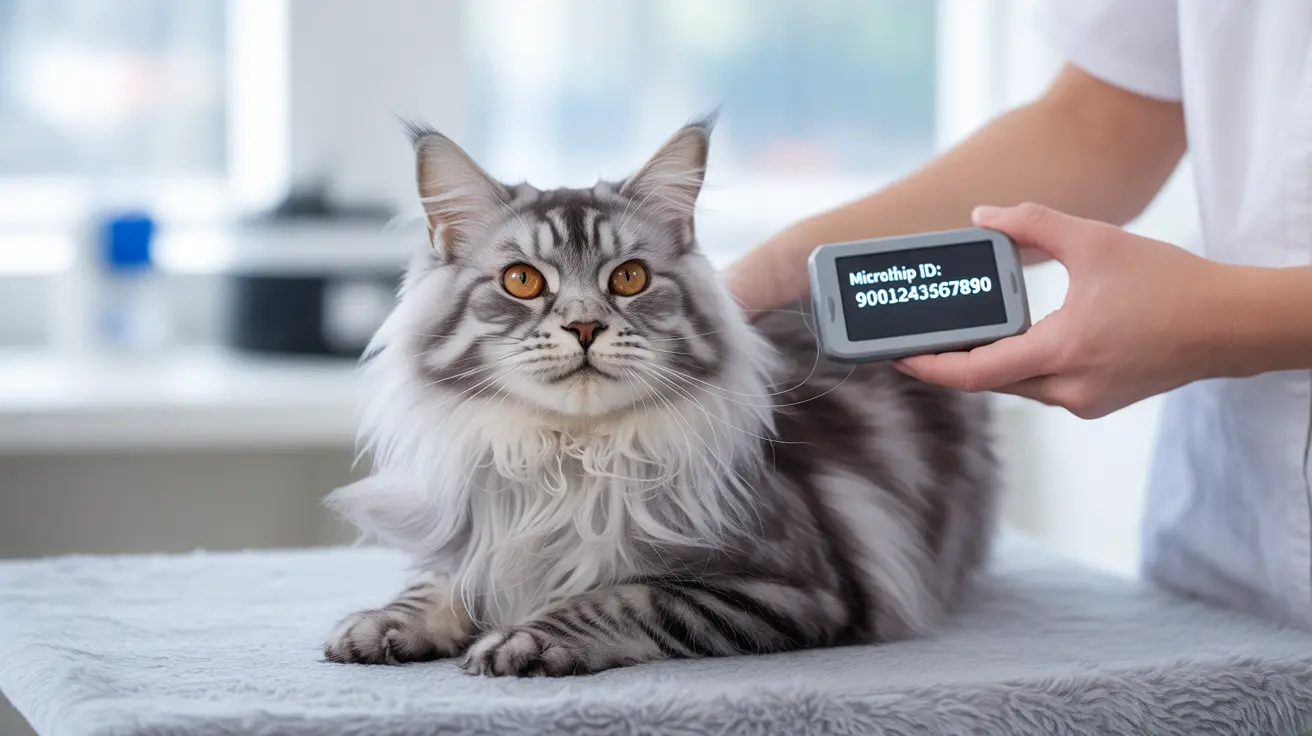Discovering your cat is missing can be a heart-wrenching experience. If your cat has a microchip, you have a valuable tool that significantly increases the chances of reunification. However, it's crucial to understand exactly how microchips work in the search for a lost cat and what they can and cannot do.
While microchips don't function as GPS trackers, they serve as permanent identification that dramatically improves the likelihood of your cat returning home if found. Let's explore how microchips work and the steps you can take to maximize their effectiveness in finding your lost cat.
Understanding How Microchips Work
A microchip is a tiny electronic device, about the size of a grain of rice, implanted under your cat's skin between the shoulder blades. This device contains a unique identification number that can be read by a special scanner at veterinary clinics, animal shelters, and many pet organizations.
When a found cat arrives at one of these facilities, staff will scan for a microchip. If present, the scanner displays the chip's unique ID number, which can be used to look up the owner's contact information in a microchip registry database.
The Real Impact of Microchipping on Finding Lost Cats
Studies show that microchipped cats are over 20 times more likely to be reunited with their owners compared to non-microchipped cats. The return-to-owner rate for microchipped cats is approximately 39%, while non-microchipped cats have a return rate of only 1.8-2%.
These statistics demonstrate the significant advantage of having your cat microchipped, though it's important to note that success depends on proper registration and maintenance of your contact information.
What Microchips Can't Do
It's crucial to understand that microchips are not tracking devices. They cannot:
- Actively track your cat's location
- Send signals to your phone or computer
- Guide you to your lost cat's whereabouts
- Work without being physically scanned by a proper reader
Steps to Take When Your Microchipped Cat is Lost
Immediate Actions
- Contact local veterinary clinics and animal shelters
- Verify your microchip registration is current
- Notify your microchip registry company
- File a lost pet report with local authorities
Additional Search Strategies
- Post flyers in your neighborhood
- Share on social media and local pet finding websites
- Check local lost pet databases regularly
- Canvas your neighborhood, especially during quiet hours
Maximizing Your Microchip's Effectiveness
To ensure your microchip provides the best possible protection for your cat:
- Keep your contact information updated in the registry
- Have your vet scan the chip annually to ensure it's working
- Register with multiple databases when possible
- Consider combining with a collar ID tag for added security
Frequently Asked Questions
If my cat is microchipped, how does that help me find them if they get lost?
A microchip helps identify your cat when they're found and brought to a facility with a scanner. The facility can access your contact information through the chip's registry and notify you of your cat's location.
Can I track my cat's location in real time with a microchip?
No, microchips are not GPS devices and cannot track your cat's location. They only work when physically scanned by a microchip reader at a veterinary clinic or shelter.
What should I do to ensure my cat's microchip information is up-to-date and effective?
Keep your contact information current in the microchip registry, have your vet scan the chip annually to ensure it's working, and maintain registration with the microchip company.
How much more likely is a microchipped cat to be returned compared to one without a chip?
Studies show microchipped cats are over 20 times more likely to be returned to their owners compared to cats without microchips.
Why might a microchip fail to help reunite me with my lost cat?
Common reasons include outdated contact information in the registry, unregistered microchips, or the found cat not being taken to a facility with a scanner.
Conclusion
While microchips aren't tracking devices, they're invaluable tools for reuniting lost cats with their owners. Their effectiveness depends on proper registration and updated contact information. For the best protection, combine microchipping with other identification methods and have a comprehensive plan ready in case your cat goes missing.






